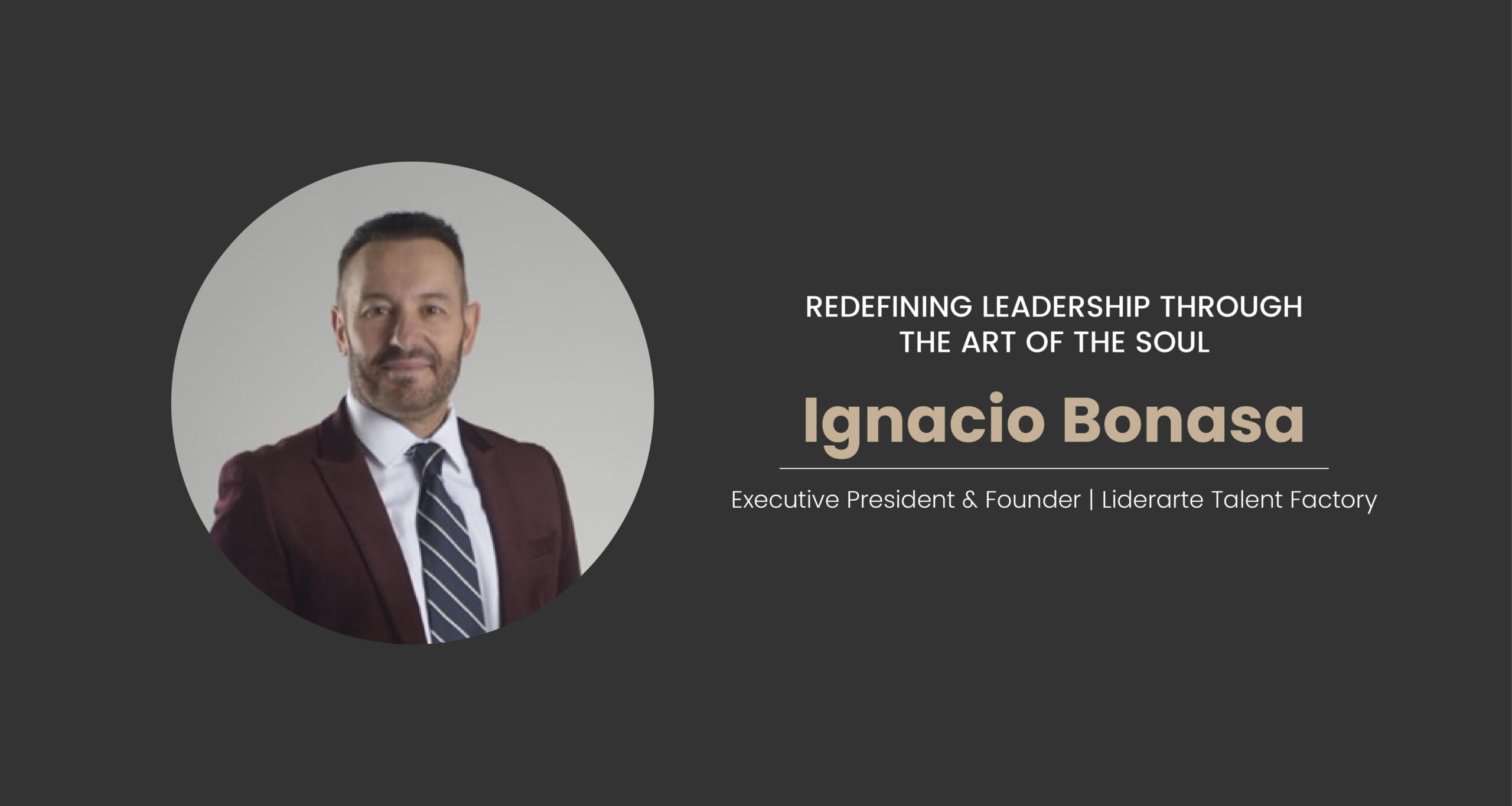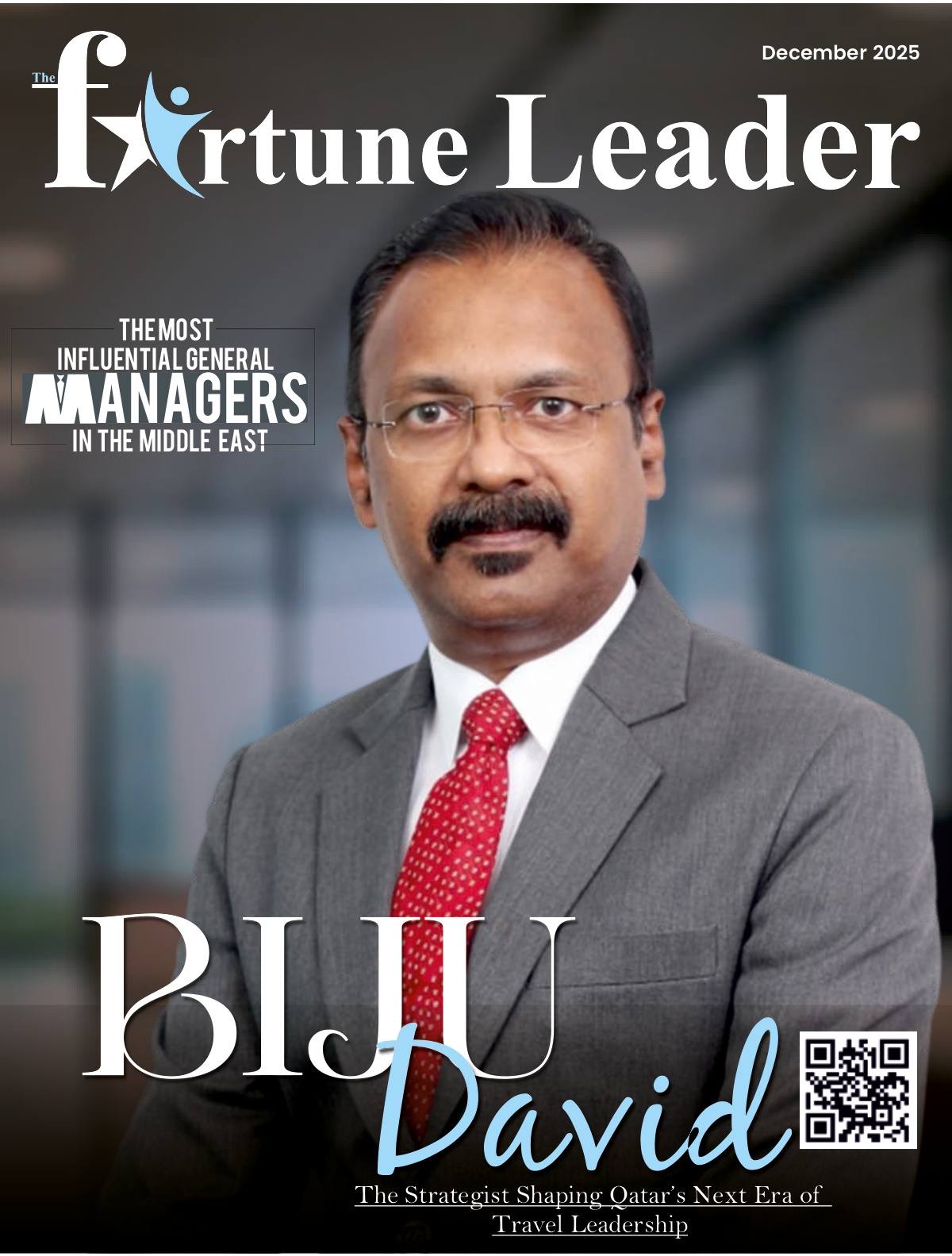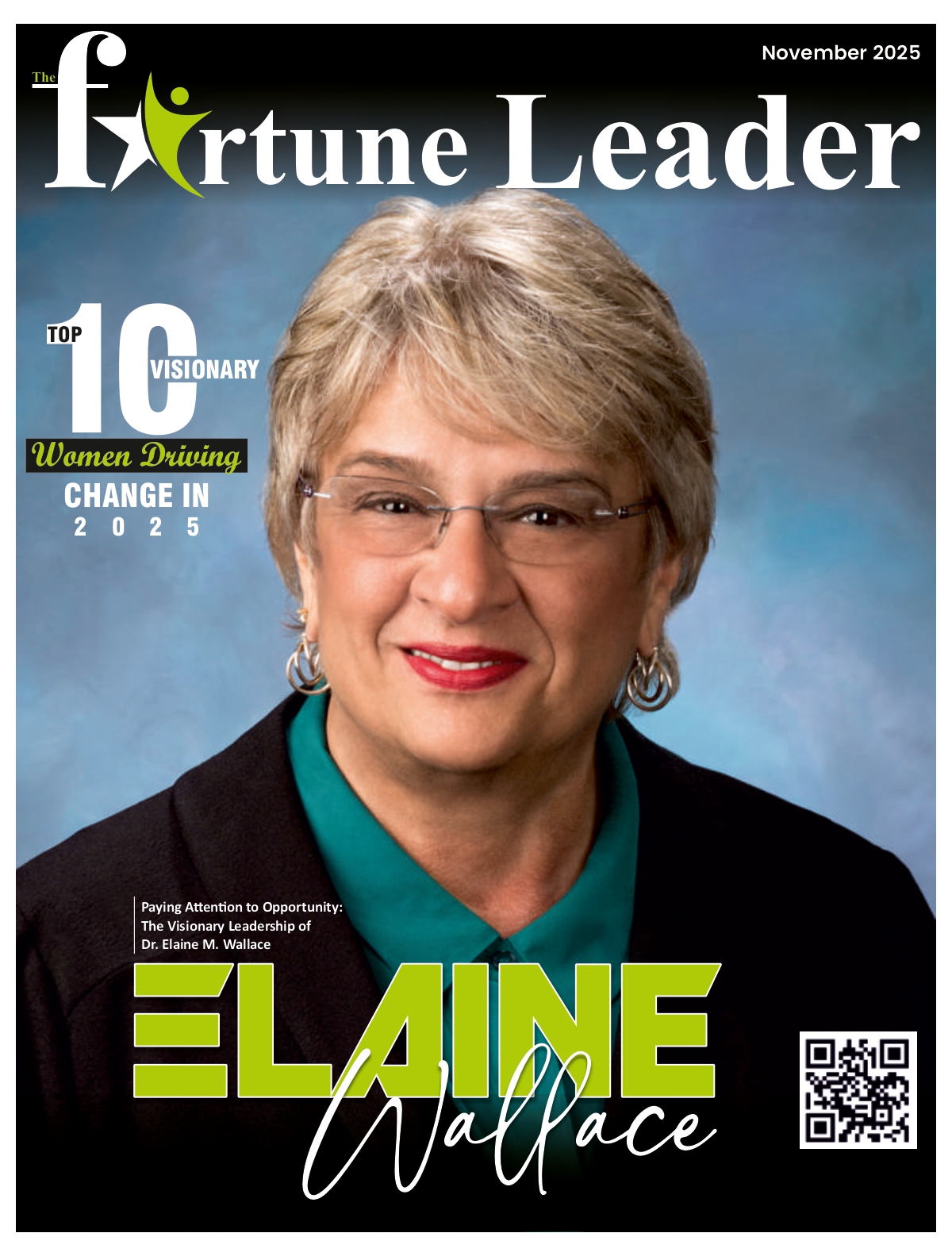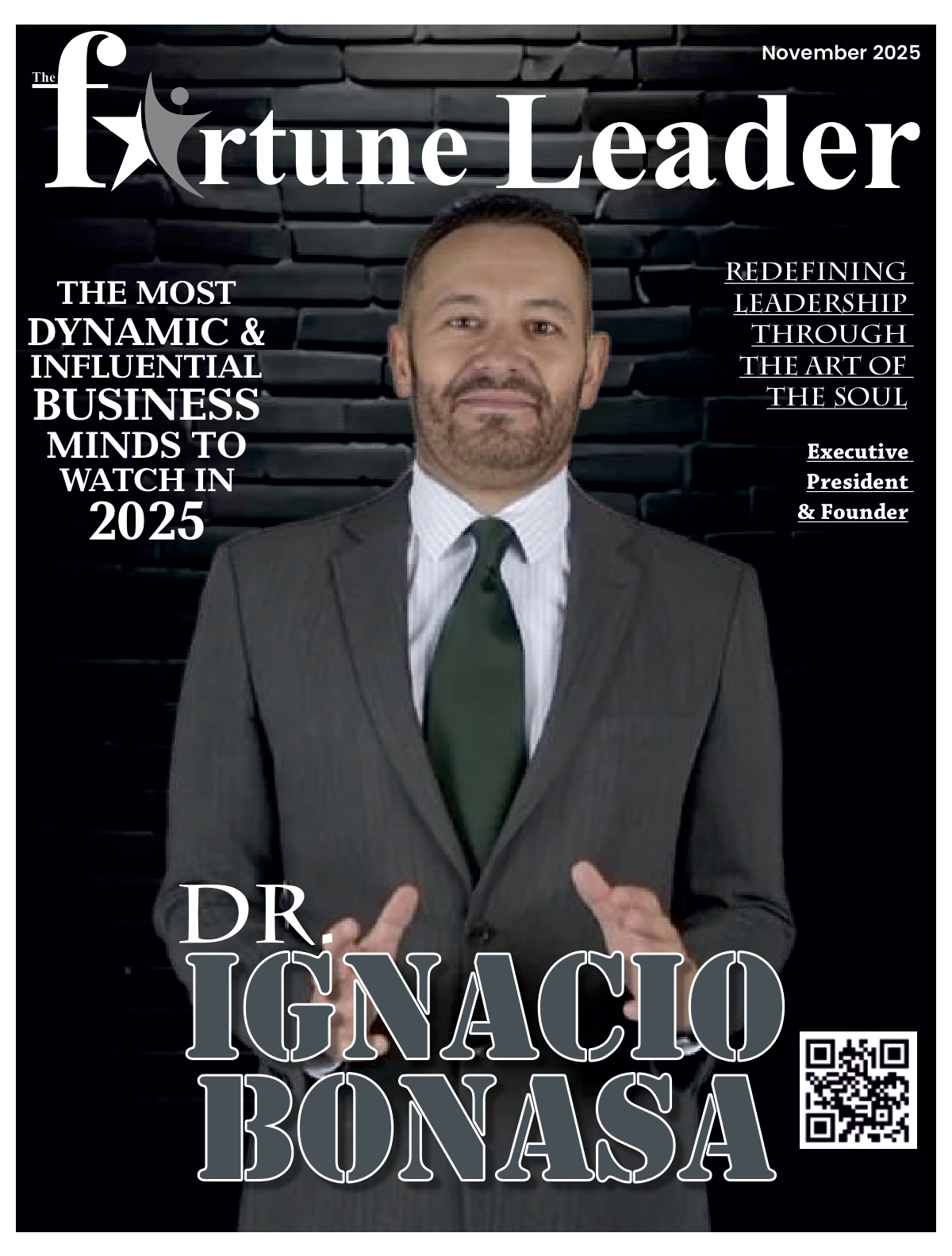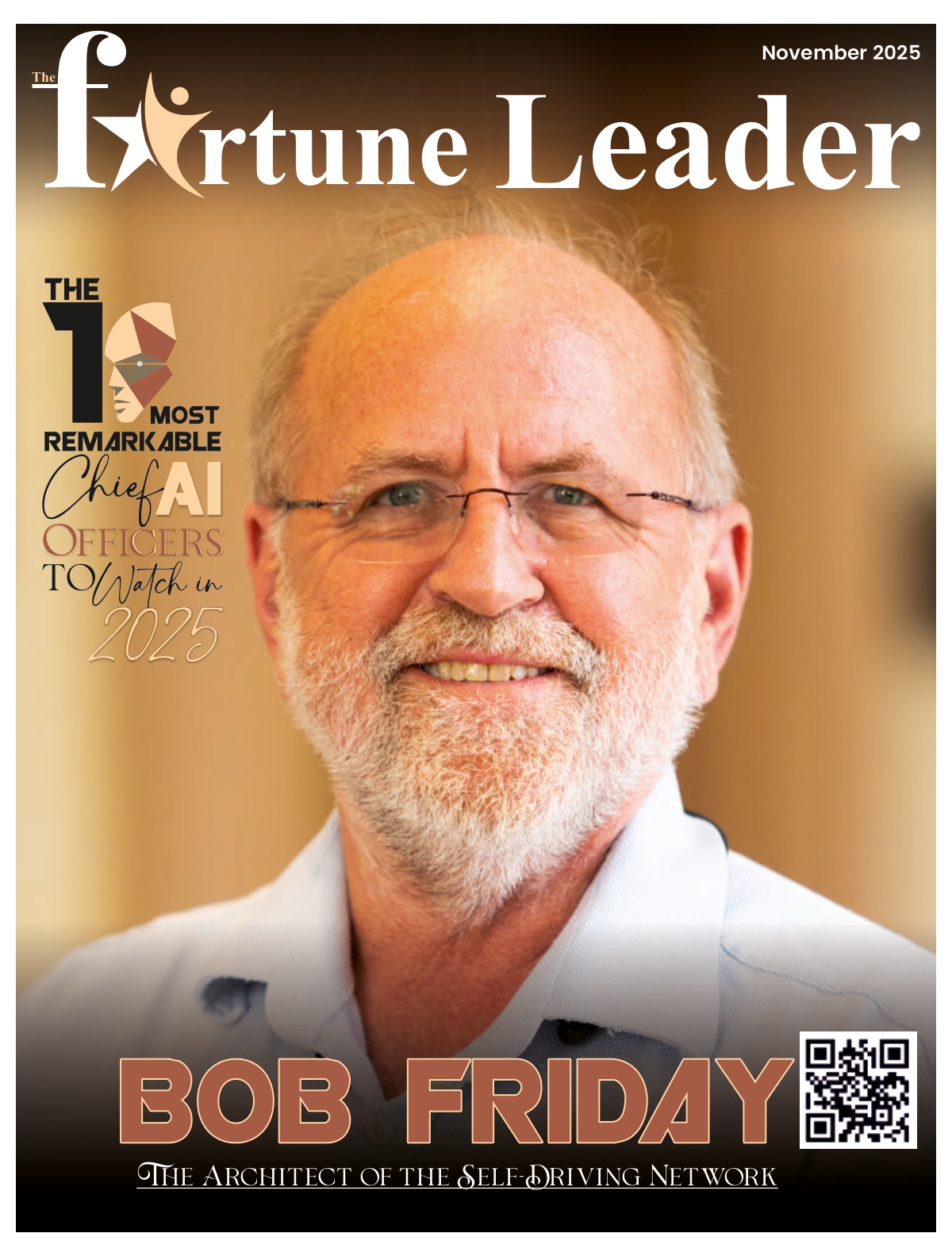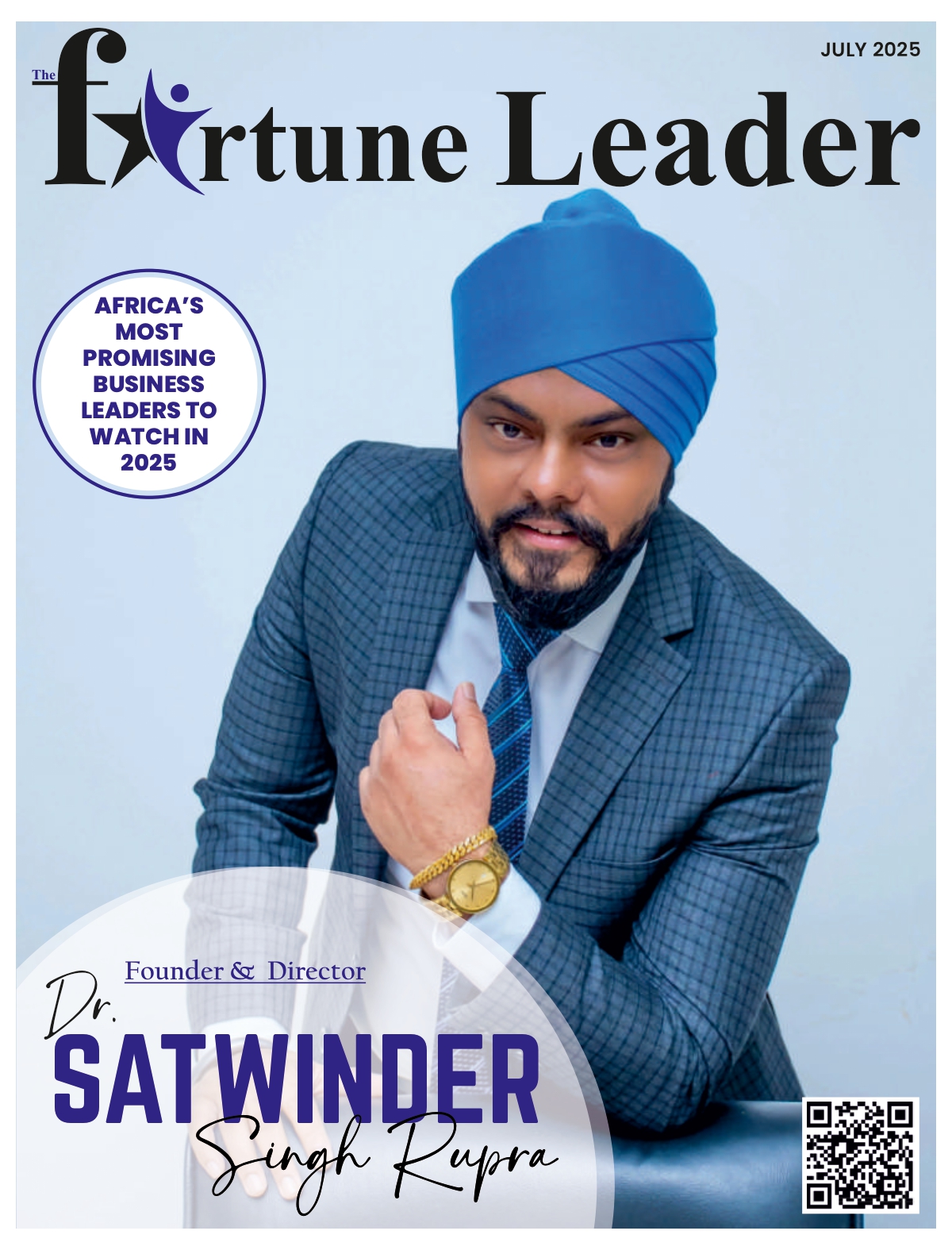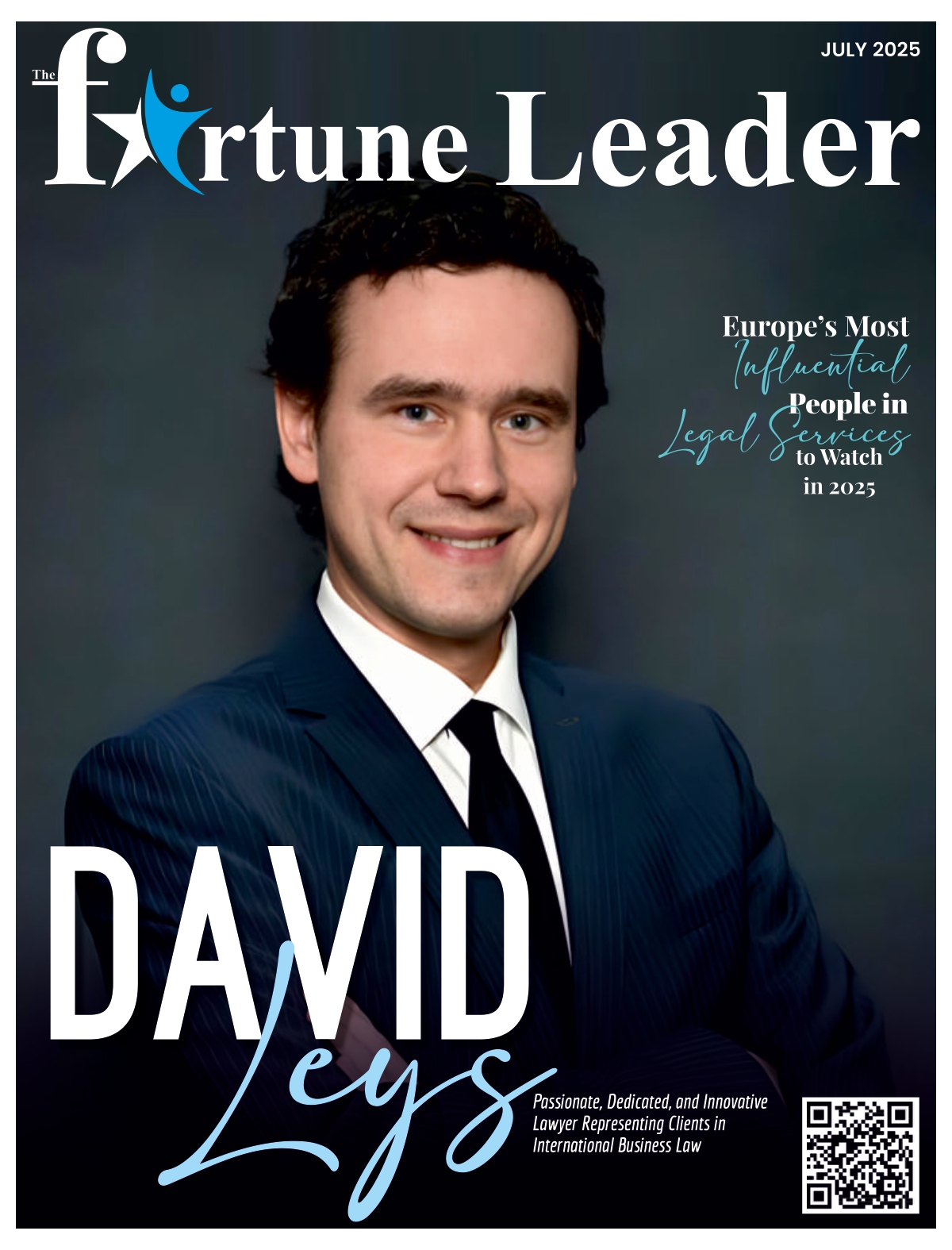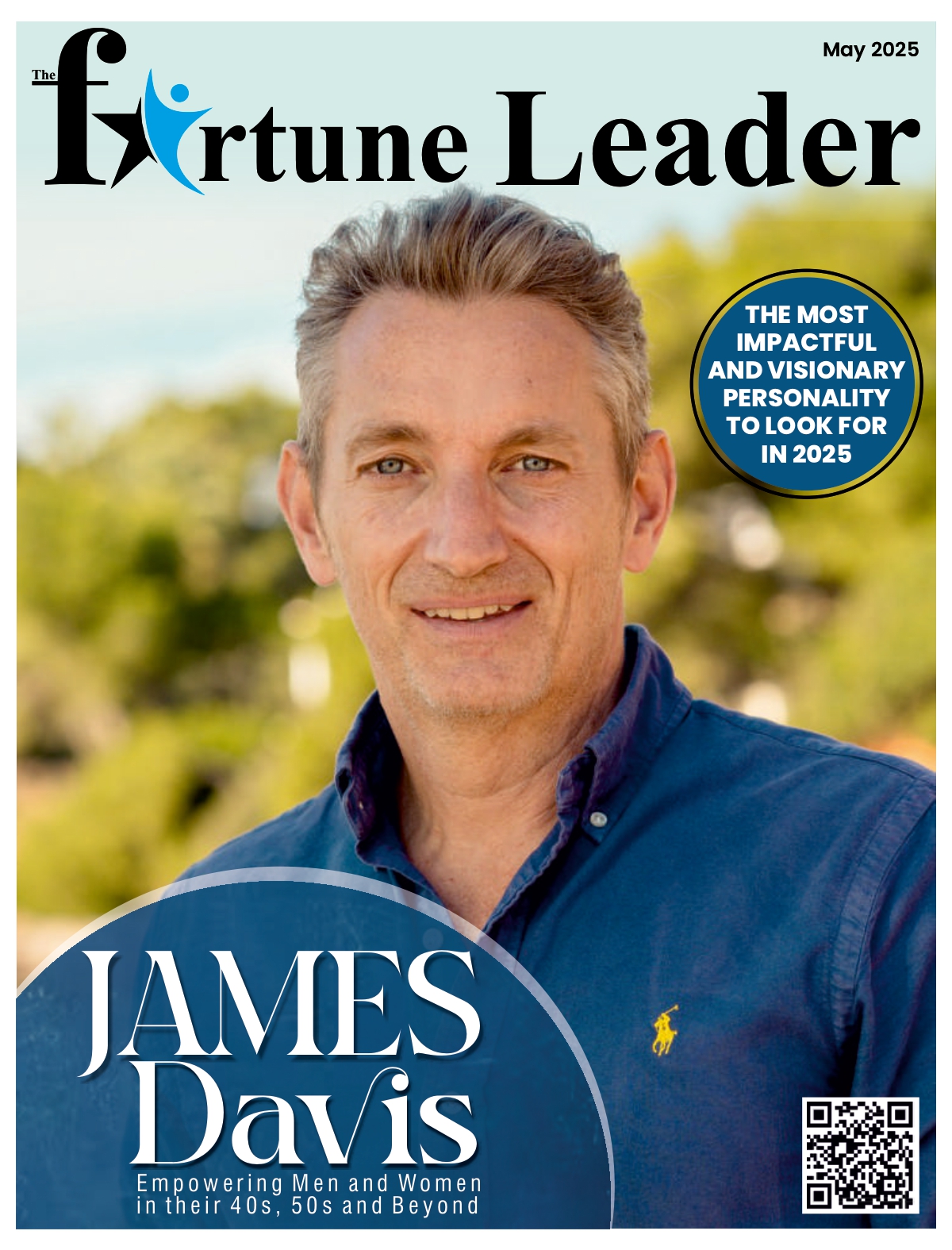Dr John Douse’s career began with a D.Phil. in Organic Chemistry from Oxford (1971–1978), where Dr John pioneered high-resolution gas chromatography (HRGC) using capillary columns manufactured by himself. This ultimately laid the groundwork for introducing HRGC and solid-state extraction to forensic casework at the Metropolitan Police and Forensic Explosives Laboratories, enabling ultra-trace detection of explosives, toxins, drugs, and biological traces in the most challenging contaminated forensic residues.
At Fort Halstead, Dr John developed the world’s first “clean room within a clean room” for forensic trace analysis, now a global standard. Dr John’s work culminated in the Lockerbie bombing investigation, using a Thermal Energy Analyzer to detect explosive residues, an achievement based on 17 years of research.
Parallel to this, Dr John also served 25 years in the UK Army MOD Reserve, specializing in demolition and explosives training. Since testifying in the Lockerbie Inquiry (2000), he has acted as an independent expert in over 430 complex cases, often applying pioneering forensic methods; some being developed mid case to extraordinarily tight deadlines (such as nanogram levels of insulin in a dried human blood trace by UHPLC MS-MS in 20007, in a 36 hour period) .
Dr John championed the integration of forensic and circumstantial evidence now gaining judicial acceptance, and advocates for AI collaboration to encode his experience into intelligent forensic systems. With science evolving rapidly, such as MRI-based analysis of the intoxicated brain, and wastewater drug tracking, the future of forensic science demands innovation rooted in real-world expertise.
AI and Forensic Science
Dr. John faces a significant challenge in applying this technique to every case he undertakes, particularly due to the lack of funding to support the extensive time required, often exceeding a requirement of over 400 hours to thoroughly process exceptionally large case files, sometimes reaching 30,000 pages. In all instances, only a small portion of the time invested in achieving outstanding results can be compensated.
A Steadfast Leader
Dr. John takes full responsibility for the scientific outcome of each case within his areas of expertise. He understands that the forensic scientist often plays a crucial role in interpreting and synthesizing conclusions based on both the forensic scientific evidence and the broader circumstantial context. It is also important to note that the forensic scientist may be the only scientifically trained individual to review the complete case file. Dr. John considers it his responsibility to alert legal Counsel to any observations that may require input from specialists in fields beyond his own expertise.
As a result of such comprehensive analysis, Dr. John often finds himself to be the only person critically addressing the fundamental issues in a case. Meanwhile, significant time and resources are frequently expended debating minor scientific details an inefficient use of effort, comparable to Jack Salmon competing with Oceanic Salmon!
Addressing the Contemporary Legal Challenges
Dr. John emphasizes the importance of adopting rapidly advancing techniques and methods in forensic trace analysis. He advocates for the combined consideration of forensic scientific evidence and circumstantial evidence, believing that this integrated approach can lead to a far deeper understanding of the case and more reliable conclusions that are more likely to be accepted by all parties involved.
He also stresses the need to move away from the adversarial model in which experts work in opposition, and instead embrace the collaborative approach used in the UK legal system, which promotes a shared commitment to uncovering the truth. Additionally, Dr. John notes that the integration of artificial intelligence could significantly enhance the effectiveness and efficiency of this process.
A Recent Case Study
As previously noted, the UK judiciary has acknowledged and, through judicial instruction, affirmed that all forensic evidence in a case must, moving forward, be mandatorily considered alongside the complete body of circumstantial evidence by the forensic scientist when drawing conclusions. This ruling establishes a strong foundation and clear opportunity for the integration of artificial intelligence into forensic casework as soon as practically feasible.
A notable example illustrating the impact of comprehensive forensic analysis is the case of R v Shahid Ali. In this instance, following a 25-hour workday and the urgent overnight preparation of a report submitted mid-trial, all parties quickly reached an agreement. As a result, the prosecution withdrew its case, and the defendant was immediately acquitted and released from court.
The Differentiating Factor
Dr. John applies a comprehensive approach that involves the consideration of all available forensic scientific evidence, the full body of circumstantial evidence, and any additional reliable information that may assist in forming an accurate understanding of the case. He is also committed to taking full responsibility for the application of his expertise across all relevant areas, recognizing that forensic evidence often plays a pivotal role in determining the outcome of most cases.
However, the level of in-depth investigation required for this approach is currently likely to be generally limited by insufficient funding. This is where the integration of artificial intelligence will become essential, enabling high-quality analysis and reliable conclusions to be delivered efficiently and within budget, making this thorough method feasible for cases worldwide.
Vision for Modernizing the Legal System
Dr. John advocates for the routine use of artificial intelligence to process and analyze the complete body of forensic and casework evidence in every investigation. This would enable the rapid generation of a comprehensive case profile, which can then be reviewed, refined, and expanded by a qualified human forensic expert. Such an approach would allow for timely and cost-effective case processing at the highest investigative standards, even within increasingly constrained budgets, and for all cases, both large and small.
The ultimate responsibility for the accuracy and quality of the output would remain with the human operator, who must ensure that all findings are supported by the very latest peer-reviewed scientific literature. In support of this vision, Dr. John invites AI development firms to draw upon his unique expertise in designing such algorithms an opportunity that, if not seized, may be lost with the passage of time.
Advice to the Future Legal Professionals
Dr John says it is essential to approach every case by thoroughly considering all aspects, utilizing every available resource, and drawing upon both professional expertise and personal life experience to help guide legal Counsel in understanding the key elements of the case.
Notably, the life experience of a seasoned expert can often provide valuable insights that assist legal teams in interpreting complex or unexpected aspects of a case. For instance, in 2025, a personal incident involving a wild animal, where the edge of its hoof was inadvertently run over despite the vehicle moving at a very low and controlled speed and direction, highlighted the fallacy that individuals or animals will always have time to move out of the way. Such real-world experiences can deeply inform the forensic perspective and challenge common assumptions.
This incident led Dr. John to recognize that vulnerable individuals such as those with physical or cognitive (and drug induced) impairments may be unable to react or move quickly, potentially collapsing under a slow-moving vehicle and sustaining severe injuries. Despite having 50 years of driving experience, this realization prompted him to reassess and adjust his approach.
Dr. John emphasizes the importance of all parties approaching expert conferences with humility and a spirit of collaboration, with the shared goal of uncovering the truth. This mindset not only fosters a clearer understanding of each expert’s specific contributions but also helps prevent the consequences of overconfidence. A case in 2025 exemplified this, where an expert, operating outside his field of competence, was ultimately required to apologize for providing misleading information to the Court.
Dr John has found that this combined approach evaluating the forensic evidence in the context of the circumstantial evidence record has the potential to provide quite extraordinary ability in a significant number of cases to provide a definitive explanation of the truth of the case, acceptable to both parties.
The result of such achievements, is summarised in the response by the legal team in a commercial case (where the firm faced a £5 milllion fine and the possible need to relocate abroad), when, as a result of resolving conclusively the major issues, a communication was sent by the legal team indicating that “We and the client are delighted with your work!”.
In a more humble case, where a mother was accused of neglecting her child by not encouraging attendance at school, this was further demonstrated by consideration of the weather history date by date; as a result of which, it could be seen that the episodes of severe sickle cell anaemic illness, fluctuated neatly with the external temperature lows, and this unlocked the ability to understand clearly the intricate detail of the attendance record, and which showed that, in fact, the mother had been exemplary in regard of her daughters school attendance.
Dr John also emphasises the need to seek out the minutest, seemingly insignificant items of evidence, often overlooked by other experts, such as the seven frames (of hundreds of thousands) in the rejected second spectator video of a fireworks display, and where a diminutive sequence hidden in the far right hand lower corner, clearly revealed upon expansion and single frame analysis, the explosive event (a tiny but discernible starburst and mushroom cloud) that caused serious injury to a spectator, and allowed identification of the nature of the firework that caused it.
For recreation Dr John has found four vital key activities in order to maintain the ability to respond immediately to a complex profile of the demands of multiple simultaneous case “365” involvement (usually about 20 cases at varying stages of development), in order to support the Courts, (even providing remote cover (oral evidence in court, barristers conferences and prison interviews) in 97% of holiday periods over the last 25 years).
These recreational activities comprise the usual swimming and hill walking, along with continuous training to be a professional vocalist, and 35 years of part time visiting home tuition in the three sciences and maths to an ever higher achievement level; (the latter two activities providing excellent constant practice in understanding the deep scientific content of casework, and also communicating more effectively both to an audience, and also explaining the most complex scientific principles to lay persons).
📌 Visit John Douse👉 – LinkedIn Profile



